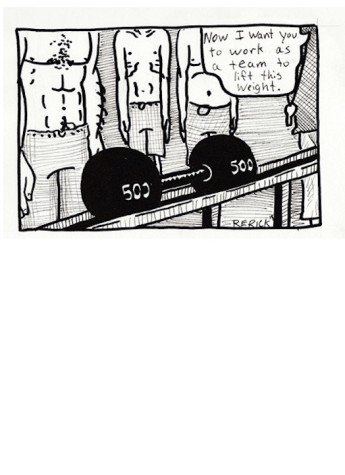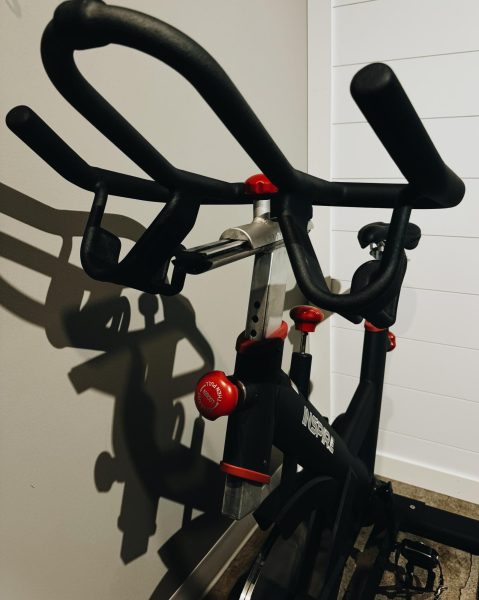There’s a difference between change and progress
Being aware of it allows you to check yourself to make sure you’re still doing what you want
Quite often the terms progress and change are used interchangeably, but there’s a fine line people are missing.
Progress generally signifies moving forward in a positive manner, while change doesn’t necessarily always imply altering for the good.
I’ve noticed a few examples on campus that have been representations of change as well as progress. I’ve also noticed these differences in friends as well as myself. The saying “If it ain’t broke, don’t fix it,” is true. Sometimes people mistake change for progress, and try to fix something that was never broken.
The elimination of the Fighting Sioux logo is a great example of change.
This is an obvious change for UND, but not necessarily a change for the better. It’s elimination was a let down for many, and keeping it might not have been all that detrimental. The Fighting Sioux name gave our school just that: A name.
The Sioux logo was a representation of the strength and pride of North Dakota. We were proud to wear it, not to mention it looks a lot classier on UND apparel versus the simple “ND” label we use now.
On the progress side is the remodeling of the Wilkerson complex. Ask anyone, and they will tell you that Wilkie is long overdue for a serious makeover. This is pure progress, as Wilkie will be improved for the better. The “ain’t broke don’t fix it” policy does not apply here, as Wilkerson is in definite need of a fix-up. But buildings and logos aren’t the only things affected by the progress versus change debacle.
People are always growing and learning new things, but it’s hard to decide if they’re progressing or changing. I’ve met several people who try to alter themselves to fit in, or who attempt to put up a wall so others don’t see who they truly are.
These changes aren’t bettering them in any way. They have changed themselves, but they haven’t progressed into something greater.
A friend of mine is the epitome of progress. While we were in high school, he was the awkward, shy and unmotivated kid of few words and few friends.
Once he got to college, the concept of progress came knocking for him. He joined the hockey team, met great friends, became more outgoing, lost some weight, gained confidence and discovered what he wanted to study and became dedicated to it. He really grew into his new changes and progressed as a person for the betterment of himself.
I thought I knew exactly who I was and where I stood before coming to college. Problem was, I’d never been exposed to much other than what I’d grown up with. There’s no doubt I was sheltered.
As the year went on, I’d lost the parts of me that I was once proud of — my strength in my faith, my confidence and my nerdiness that aimed to get good grades and work hard.
My change wasn’t for the better.
Learning through experience is one of the best ways to find yourself making progress. I’m not where I want to be yet as far as knowing exactly who I am and what I stand for, but I’m leaps and bounds ahead of where I was. Parts of my life were broken, so I needed to fix them; that’s what progress is.
When someone tells you you’ve changed since they saw you last, try to decide whether you’ve really changed or just progressed.
If that change isn’t for the betterment of yourself and those in your life, then it’s time to experience some progress. Part of obtaining that progress is being able to understand the difference between the two.
Strive for progress, not just change, and your life will reflect an improvement in yourself as well as other things.
Mary Ochs is a staff writer for The Dakota Student. She can be reached at [email protected].







